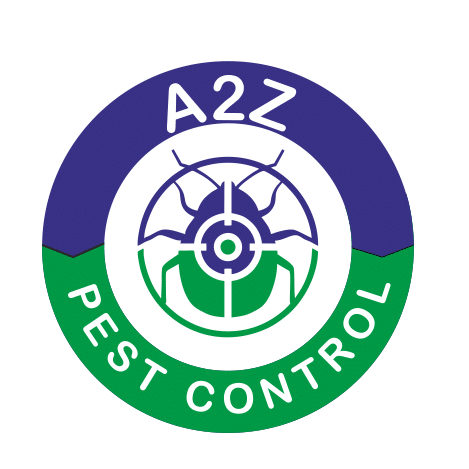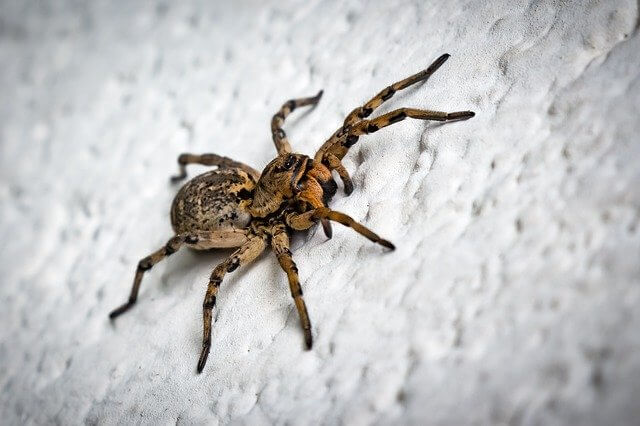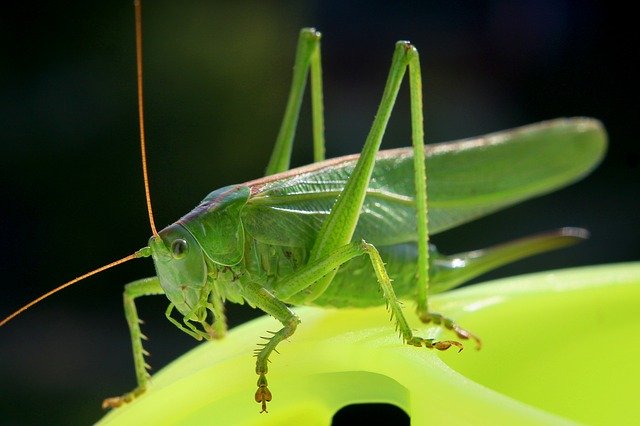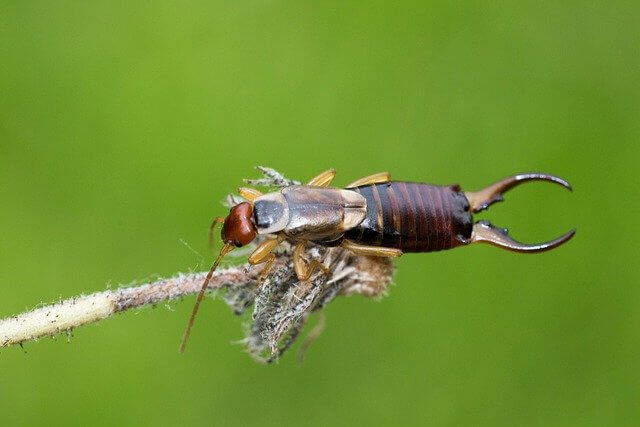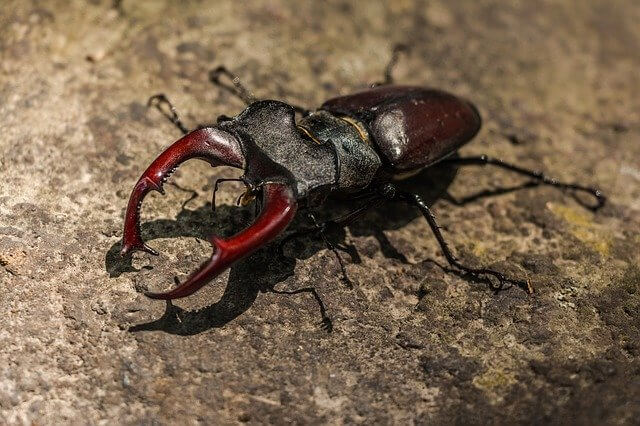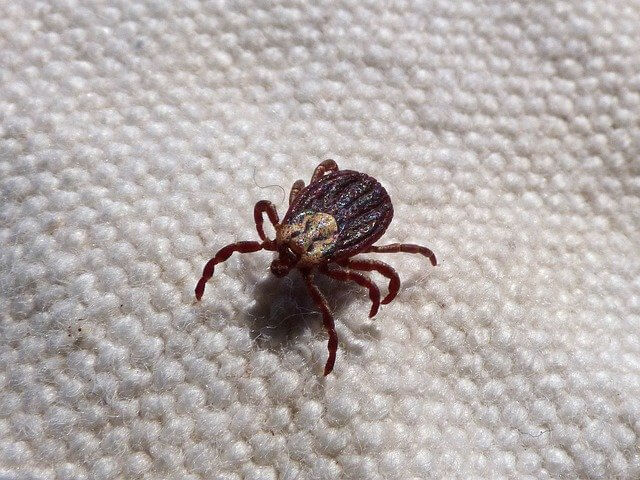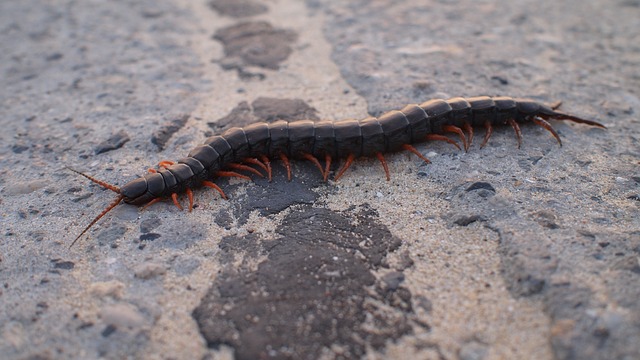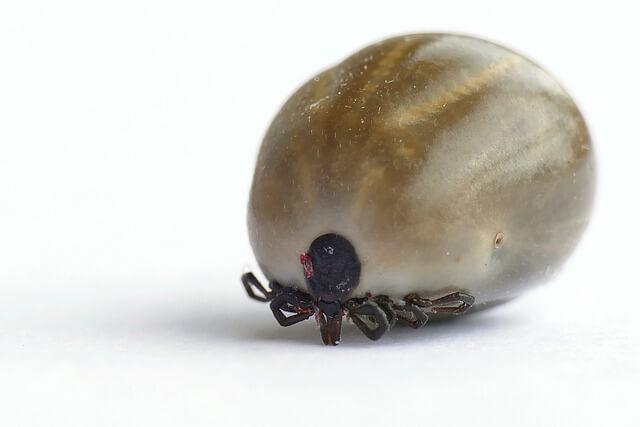Occasional & Other Pest Control
Occasional Pest Control in Ottawa
In their natural surroundings, Carpenter ants, the largest of our common ants, are beneficial insects. Their excavation of galleries in wood, together with meticulous finishing and cleaning of surfaces within wood, has earned them their name.
How Our Team Works
Visit Your Home / Office
Lorem ipsum dolor sit amet, consetetur sadipscing elitr, sed diam nonumy eirmod tempor invidunt ut labore et dolore magna aliquyam erat, sed diam voluptua. At vero eos et accusam et justo duo dolores et ea rebum.
Treatment
Lorem ipsum dolor sit amet, consetetur sadipscing elitr, sed diam nonumy eirmod tempor invidunt ut labore et dolore magna aliquyam erat, sed diam voluptua. At vero eos et accusam et justo duo dolores et ea rebum.
Follow Up Visit
Lorem ipsum dolor sit amet, consetetur sadipscing elitr, sed diam nonumy eirmod tempor invidunt ut labore et dolore magna aliquyam erat, sed diam voluptua. At vero eos et accusam et justo duo dolores et ea rebum.
Extra Services
Lorem ipsum dolor sit amet, consetetur sadipscing elitr, sed diam nonumy eirmod tempor invidunt ut labore et dolore magna aliquyam erat, sed diam voluptua. At vero eos et accusam et justo duo dolores et ea rebum.
A2Z Pest Control Offering 24/7 Services in Ottawa
Spider Control
Spider have eight legs and their bodies have two main sections (a cephalothorax & abdomen) joined by a slender waist. Most of the spiders in the Home become active only at night, and usually renain unnoticed in cool, dark corners. They rarely bite unless molested
Large office or apartment buildings often attract a variety of spiders and have reported heavy Infestations. This s result of lights in the large windows which attract nocturnal insects upon which spiders feed.
Spiders also multiply in large numbers along waterways. Cottages, homes or buildings close to rivers and lakes are often heavily infested with spiders. The large numbers of aquatic insects, such as caddisflies and midges, attract and support various spider species.
Cricket
Field Cricket breed outdoor. Females lay their eggs in the soil. which over winter and hatch into nymphs in late spring. There is only one generation per year.
They destroy crops such as alfalfa, and cereals, and damage vegetables including tomatoes, beans, peas, and strawberries. When their natural food supply is not available, cricket may enter building through cracks and small openings form by poorly fitted doors or basement windows.
Earwig
The European Earwig has become one of the most common pest in homes and gardens. When present in large numbers, the earwig may cause limited damage to flowers, fruits and vegetables. The damage is cause by young earwigs which feeds on the tender shoots of buds and seedlings.
The primary damage is usually cause by other insect pests; the earwig merely take advantage of hiding places that have been created, such as cracks in tomatoes.
The European earwig feed on both plant and animal matter. The young nymphs are similar to the adults in appearance, but smaller. The Adults have large wings folded beneath wings pads but seldom fly.
Beetle
The Beetles are generally nocturnal and feed on broken and damp grains; feathers, excrement and refuse grains are preferred.
These Beetles and Larvae are commonly found in farm building and grain facilities with refuse foods or spoiled grains.
Female beetles lay 400-500 bean shaped eggs in clusters or singly in food material. They hatch in two weeks, whereupon the larvae will feed and become full grown in 3 months. After pupation, adults will emerge in the spring. Adults will live for approximately 2-3 months. They are not serious pests of food products.
Mite
Mites are mostly found in environments with flour or grains and relative humidity of above 60 percent. Survival is poor when humidity levels are less than 60 percent for any more than a few days.
The female grain mite lays 20-30 eggs per day and will lay up to 800 eggs in its life span of about 40 days. Mites are related to spiders and ticks. Their life cycle is different than an insect. A complete life cycle from egg to larva, nymph, and adult is from 17-28 days.
Centipede
Nocturnal in habit, Stone centipedes hide in debris, soil or under the rocks during day. They are very beneficial because they prey on insect pests; consequently those seen outdoor should never be destroyed.
The centipedes most often found in homes in the House Centipede, Scutigera coleoptrata, a Mexican Species now found throughout North America. This species has fifteen pairs of legs. It is capable of reproducing in the house and is found in damp areas such as basements. Although bites are rare, they produce a reaction comparable to a wasp sting.
Tick
Ticks are parasitic arachnids they are part of superorder Parasitiformes. Along with mites, they constitutes a subclass Acari. Adult ticks are approximately 3 to5 mm in length depending upon age, sex, species, and fullness .
Ticks are external parasites, living by feeding on the blood of mammals, birds, and sometimes reptiles & amphibians.
Address
176 Harmattan Avenue Ottawa,
ON, K2S2R3
Call Us
+1 613 772 0222
——————
